Preparation of a Mannose-6-Phosphate Glycan Microarray Through Fluorescent Derivatization, Phosphorylation, and Immobilization of Natural High-Mannose
互联网
互联网
相关产品推荐
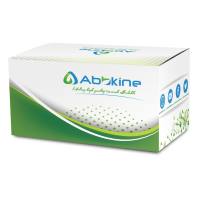
土壤总磷酸盐含量检测试剂盒,用于对样本中Total Phosphorus含量检测,Soil Total Phosphate Assay Kit
¥598
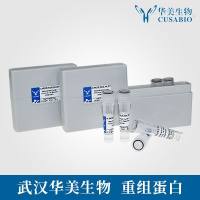
Recombinant-Bovine-Protein-NKG7NKG7Protein NKG7 Alternative name(s): Natural killer cell protein 7
¥10248
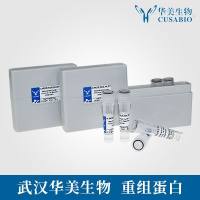
Recombinant-Bovine-GPI-mannosyltransferase-1PIGMGPI mannosyltransferase 1 EC= 2.4.1.- Alternative name(s): GPI mannosyltransferase I; GPI-MT-I Phosphatidylinositol-glycan biosynthesis class M protein; PIG-M
¥12544
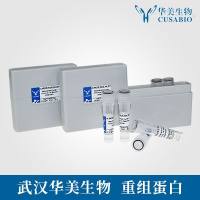
Recombinant-Mouse-Cation-dependent-mannose-6-phosphate-receptorM6prCation-dependent mannose-6-phosphate receptor; CD Man-6-P receptor; CD-MPR Alternative name(s): 46 kDa mannose 6-phosphate receptor; MPR 46
¥11060
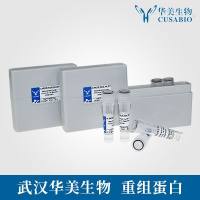
SLC31A1/SLC31A1蛋白/Copper transporter 1 Short name: hCTR1 Solute carrier family 31 member 1蛋白/Recombinant Human High affinity copper uptake protein 1 (SLC31A1) (Active)重组蛋白
¥69

